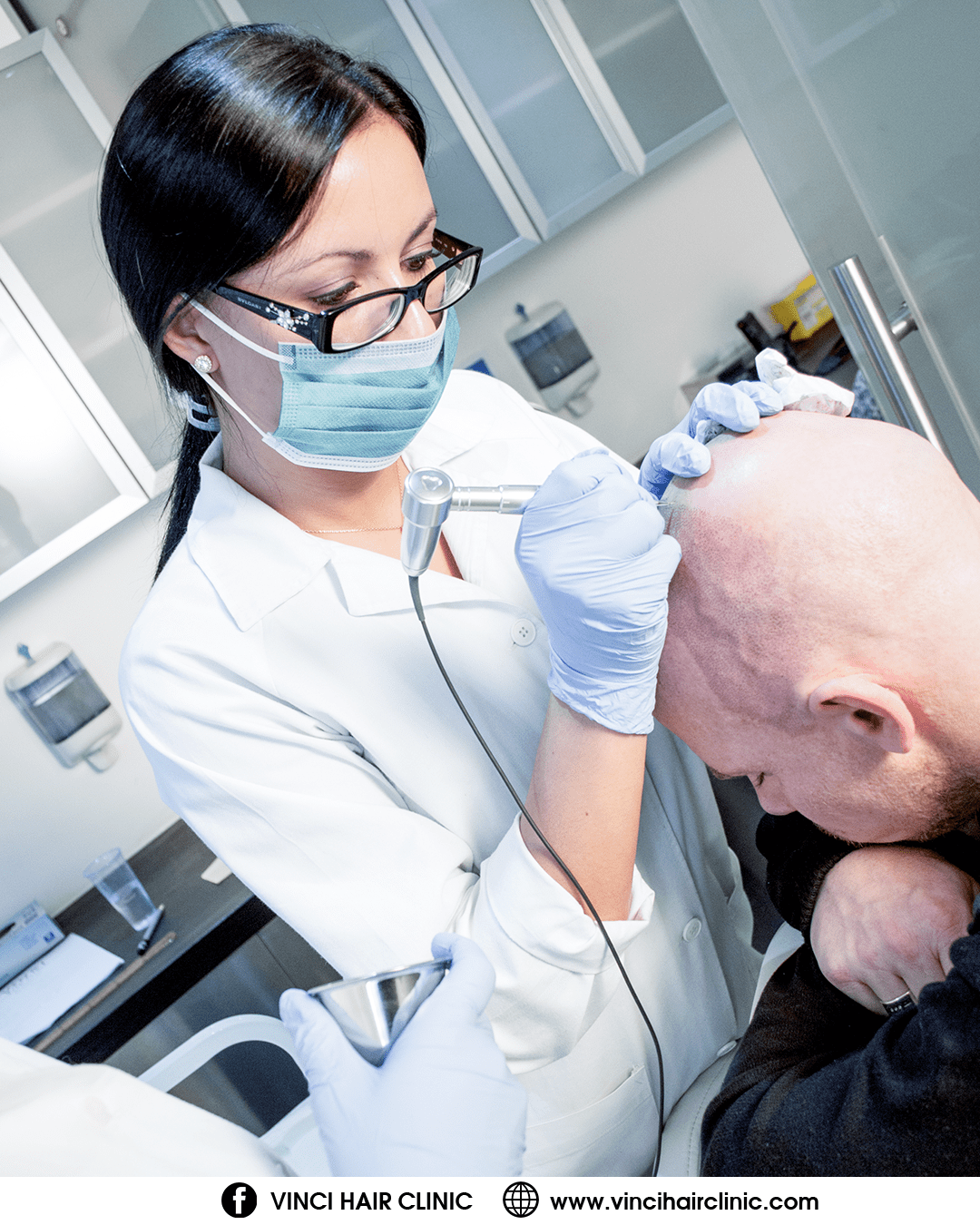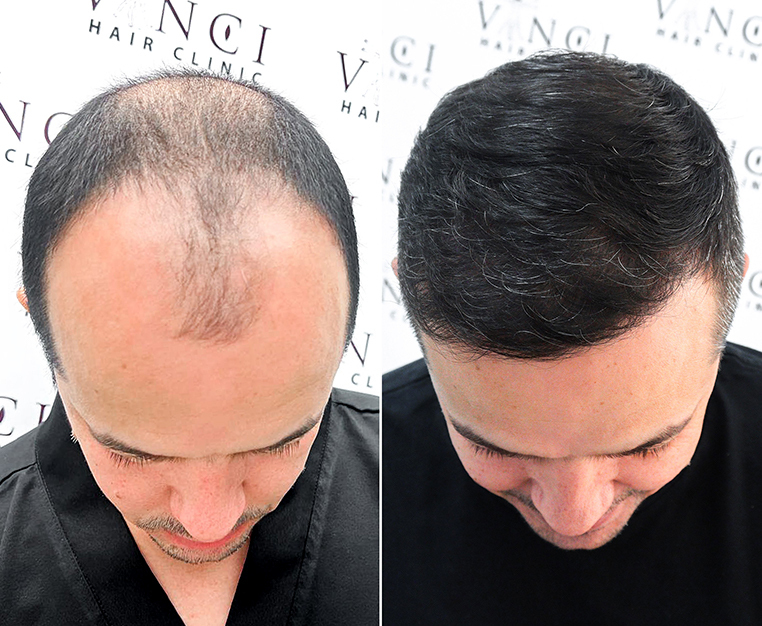Keeping our hair in a healthy condition is not a one-time task. It’s something that requires our constant attention and time. Fitting a healthy haircare routine into our busy lifestyles is challenging.
It’s best if you can find a routine that takes minimal time and delivers results. Keep in mind that hair differs from one head to another, and what works wonderfully for your friend or beauty influencer might not work for you.
So, finding the ideal haircare routine might be a challenge you’ll be faced with for quite some time. The optimal way to make the right choices for your hair is always to listen to dermatologists and hair experts who deal daily with such issues. This article sums up eleven of their best tips for healthy and luscious hair.
General Haircare Tips
As with many tasks or problems, the very first thing we should do is to get more in-depth knowledge of our hair so that we can tailor a solution. Sunny, a professional hairstylist, says that regardless of the professional advice stylists give, at the end of the day it’s your hair and you should learn about it as much as possible. Here are some key points to focus on:
-
Know Your Hair Type
You are in a much better position to choose the right hair products or hair styling methods if you know your hair type. The form of your hair strands determines what hair type you are. The main types of hair are wavy, curly, straight or kinky. Knowing your hair type helps you differentiate between hair products. It also helps you decide upon the best possible way of styling your locks.
-
Set a Basic Haircare Routine
The desire for healthier hair has led to the creation of numerous haircare products and applying them as advised might bring significant improvements to your tresses. To build an effective haircare routine, you need to learn the basics ‘rules’ for your hair type. That means learning to cleanse your hair and scalp, fine-tuning the moisture levels and using hair tools appropriately.
-
Regulate Daily Lifestyle Factors that Affect Your Hair
Evey day, numerous factors are affecting your hair. That includes environmental stressors like ultraviolet (UV) rays and urban pollution. It also includes the damage you inflict on your hair with bad haircare habits. So, if your daily routine includes many hours spent out in the sun, overuse of styling tools, or keeping your hair too tight, consider adjusting these factors.
Tips for Proper Hair Styling with Heat
Hot tools such as irons, wands and blow-dryers weaken the hydrogen bonds in your hair to make it easier to style into the preferred shape. However, studies show that overuse of these tools could cause the hair to break or become stiffer and rougher. So, here are three tips for shaping and styling your hair without damaging it.
-
Trim Your Damaged Hair Regularly
Clay Nielsen, another hairstylist, states that people often ask for haircuts that minimise the side effects of using hot styling tools. Hairstylists say that if you damage the structural integrity of your hair, it’s nearly impossible to reverse that damage. So, instead of trying to make your burnt strands look thicker, get rid of them for healthier hair.
-
Respect You Hair’s Limits!
Using a bunch of hair styling tools and products doesn’t necessarily make your hair look better. On the contrary, using only two or three tools benefits your hair health. Remember that our hair strands have limits too, and while some might stand a degree of high-tightening pressure, others will break after minimal flat iron use.
-
Make Use of Hair Protectants
Cochran Gathers states that you can stretch your hair limits a little if you are careful enough. It all boils down to using hairdryers, flat irons and curling wands smartly. She suggests cleaning or heat styling your hair using a hair protectant, keeping the temperature low and moderating your use of these tools.
Tips for Chemically Processed Hair
Different types of chemically processed hair, from perms to bleaching, have one thing in common: they put your hair quality at risk. Although their use helps us achieve our desired style, they contain ingredients that modify the hair shaft and cuticle and weaken strands from the inside. Ammonium hydroxide and hydrogen peroxide are the chief culprits.
-
Talk with a Trustworthy Professional
Don’t rush to process your hair. Take the time to find an expert who has successfully done this job in the past. If your stylist isn’t experienced, you could cause irreversible damage to your hair. Find someone who doesn’t simply nod at your suggestions but offers professional advice.
-
Be Patient with Transitions
Transitioning your chemically processed hair to a natural hair type requires time and a few sessions. If you want to switch to natural curls, there is more than one way to do it. You can either trim the altered parts little by little during the regrowth process or cut them off all at once. Before proceeding, make sure you’re prepared to wait for their regrowth.
-
Keep Yourself Hydrated
Hair that’s treated with cosmetic products, and chemically altered hair in particular, dries out over time. When you treat it, you’re creating holes in the cuticle, which causes water to evaporate from your strands, leaving it in a dry condition. Hydrate yourself often and use deep conditioning masks at least four times per month.
Tips for Regulated Hair Growth
Often, we focus on hair growth methods that promise exceptional results. However, it makes no sense to think about growing new strands if you don’t take proper care of your existing hair. Our two last tips are dedicated to maintaining healthy hair for moderated growth.
-
Massage Your Scalp Regularly
“While shampooing, massage the scalp to increase the flow of blood, relieve everyday stress, and stimulate hair follicles. It’s a win-win.” So says the hairstylist Mike Branch. Increasing the blood flow in your scalp means that more oxygen and nutrients can circulate, which encourages the growth of hair follicles.
-
Test Different Hair Supplements
Getting all the nutrients you need to promote hair growth from diets is unrealistic. Our hair requires amino acids, antioxidants and Vitamin D3, none of which are found in decent amounts in the food we consume. Supplements containing these hair-supporting ingredients can replenish your hair when your diet is not rich enough.
Final Thoughts
Almost no one has perfect hair. Stress, misuse of styling tools, or badly applied products can damage your hair. Taking care of your hair is not rocket science, however. Informative articles like this one can give you some pointers towards a better haircare routine.
What if you don’t have time to browse the internet and sift through thousands of articles? Vinci Hair Clinic is staffed by hair experts who can address your concerns on hair loss or hair restoration in an instant. Get in touch today and schedule a free consultation!


